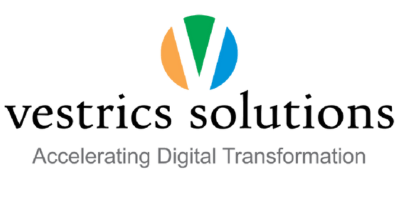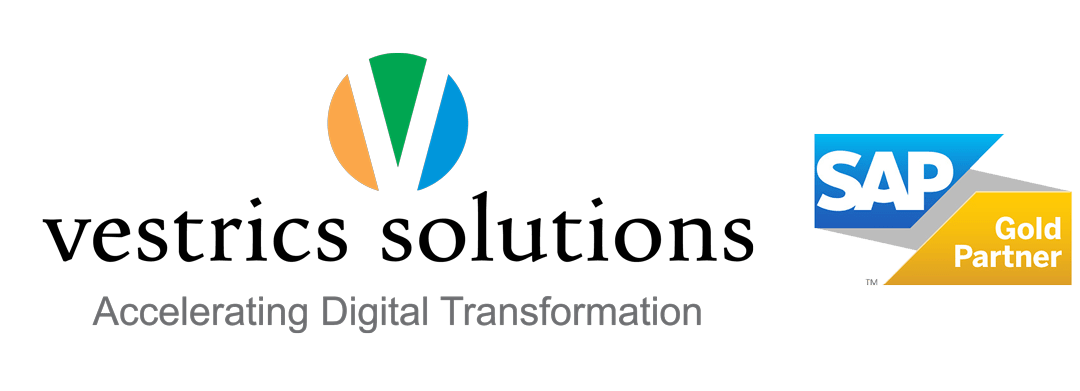Top 5 Mistake Points to Avoid When Implementing SAP S/4HANA Cloud Solution
SAP S/4HANA Cloud is an intelligent and comprehensive cloud-based ERP (Enterprise Resource Planning) solution offered by SAP. Its implementation can significantly enhance business operations, streamline processes, and improve decision-making. However, like any complex implementation project, there are common pitfalls that organizations should be aware of to ensure a smooth, successful transition to SAP S/4HANA Cloud. In this blog, we will discuss the top 5 mistake points to avoid while implementing the SAP S/4HANA Cloud solution. 1. Inadequate Planning and Preparation One of the most crucial mistakes organizations make is underestimating the importance of thorough planning and preparation. Organizations may encounter delays, cost overruns, and suboptimal outcomes without a well-defined implementation roadmap. It is vital to conduct a comprehensive analysis of business requirements, align them with the capabilities of SAP S/4HANA Cloud, and create a detailed project plan. Engaging key stakeholders, including IT, finance, operations, and end-users, from the beginning is crucial to ensure their buy-in and support throughout the implementation process. A robust planning phase should involve the creation of a project charter, identifying project goals and objectives, allocating resources, and establishing key performance indicators (KPIs) to measure success. By investing time and effort in meticulous planning and preparation, organizations can set a solid foundation for successful implementation. 2. Insufficient Data Migration Strategy Data migration plays a pivotal role in successfully adopting SAP S/4HANA Cloud. However, organizations often need to pay more attention to the complexity of migrating data from legacy systems to the new platform. Inadequate planning, complete data mapping, and adequate testing can lead to data consistency, errors, and disruptions in business processes. To avoid this mistake, it is crucial to conduct a thorough data assessment, cleanse and transform the data as required, establish data governance practices, and perform comprehensive data validation tests before the go-live. Organizations should also consider leveraging tools and methodologies SAP provides for data migration, such as SAP Data Services or SAP S/4HANA Migration Cockpit. Organizations can ensure data integrity and accuracy in the new SAP S/4HANA Cloud environment by implementing a well-defined data migration strategy. 3. Poor Change Management Implementing SAP S/4HANA Cloud involves significant changes in business processes, user roles, and system functionalities. Failure to change management can result in end-user resistance, decreased user adoption, and overall project success. Organizations should prioritize change management activities such as communication, training, and user engagement to address this challenge. It is crucial to educate users about the new system’s benefits, provide adequate training, and create a supportive environment for learning and adoption. Involving end-users in the design and testing phases, soliciting their feedback, and addressing their concerns can foster a sense of ownership and increase their acceptance of the new solution. Additionally, organizations should establish a robust communication plan to keep stakeholders informed about project progress, milestones, and expected changes. 4. Over-customization While SAP S/4HANA Cloud offers various configurable options to meet specific business requirements, organizations should avoid excessive customization. Over-customization can lead to increased complexity, higher maintenance costs, and difficulties in system upgrades. It is essential to carefully evaluate the necessity of each customization request and consider alternative solutions using standard functionality or best practices. Engaging with subject matter experts from the business and technical sides can help identify the most appropriate configuration options within SAP S/4HANA Cloud. By striking the right balance between meeting business requirements and leveraging the out-of-the-box capabilities of SAP S/4HANA Cloud, organizations can minimize the risks associated with the customization and ensure a more sustainable and future-proof implementation. 5. Inadequate Testing and Quality Assurance Testing is a critical phase of any software implementation, and SAP S/4HANA Cloud is no exception. Inadequate testing can lead to system glitches, data inconsistencies, and functional gaps. Organizations should allocate sufficient time and resources for comprehensive testing, including unit, integration, performance, and user acceptance. Additionally, establishing a robust quality assurance process throughout the project ensures that the solution meets the desired business outcomes and delivers the expected benefits. This includes defining test scenarios, developing test scripts, conducting rigorous testing cycles, and involving end-users in user acceptance testing. By prioritizing testing and quality assurance, organizations can identify and resolve issues proactively, minimize disruptions during go-live, and provide a stable and reliable SAP S/4HANA Cloud environment for business operations. Conclusion Implementing SAP S/4HANA Cloud can be a transformative journey for organizations, enabling them to drive efficiency, agility, and innovation. However, avoiding common mistakes is crucial to maximize the benefits and ensure a successful implementation. By addressing the top 5 mistake points mentioned in this blog – inadequate planning and preparation, insufficient data migration strategy, poor change management, over-customization, and inadequate testing and quality assurance – organizations can significantly reduce risks, improve project outcomes, and achieve a seamless transition to SAP S/4HANA Cloud. Thorough planning, effective change management, proper data migration, cautious customization, and rigorous testing are critical pillars for a successful SAP S/4HANA Cloud implementation.













